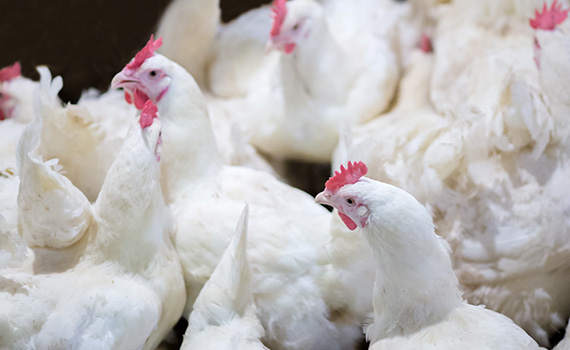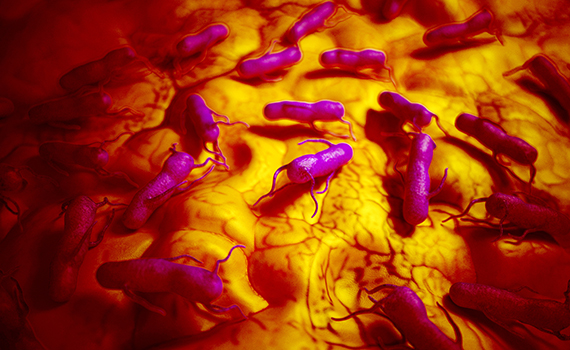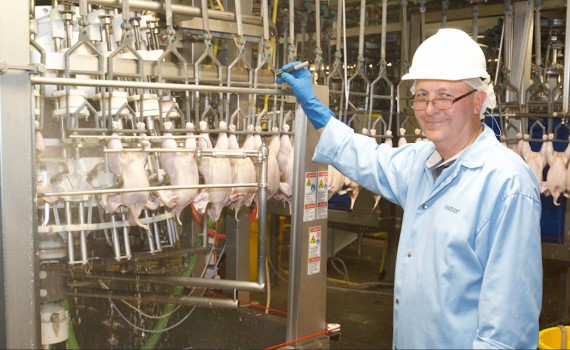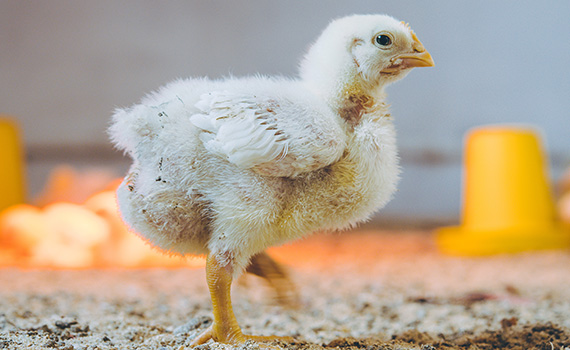Can water treatments help reduce Salmonella levels before processing?
Feed withdrawal before moving broilers to the processing plant appears to increase their susceptibility to Salmonella, indicates research from the University of Georgia.
When feed is withdrawn, a decrease in lactic acid production occurs, causing the pH to become more neutral. The result is an environment favorable for bacteria like Salmonella to flourish in the crop, Caitlin Harris, graduate research assistant at the university, told Poultry Health Today.
Harris undertook a study to see if there were any on-farm interventions that would help decrease the prevalence of Salmonella. Because feed is always withdrawn before water, her research evaluated water treatment interventions to maintain the bird’s intestinal pH balance.
There were two hydrogen peroxide treatments (50 ppm) pH adjusted to 5.0 or 6.2 with citric acid, as well as a sodium bisulfate treatment (pH 3.2).
The study evaluated the crop and ceca after three withdrawal schedules: no feed or water withdrawal; 6-hour feed withdrawal with no water withdrawal; and 12-hour feed withdrawal with 6-hour water withdrawal.
Birds with no feed withdrawal had much less Salmonella compared to birds in the 12-hour and 6-hour feed withdrawal treatment groups. The results also indicated that the acidic water treatments did not affect feed consumption, water usage or Salmonella recovery.
The take-away from this research, Harris said, is that it’s very difficult to control Salmonella during the withdrawal period. Salmonella control needs to start on the farm as early as possible instead of waiting until the birds are about to go to the processing plant.
Posted on December 6, 2018
 We’re glad you’re enjoying
We’re glad you’re enjoying










